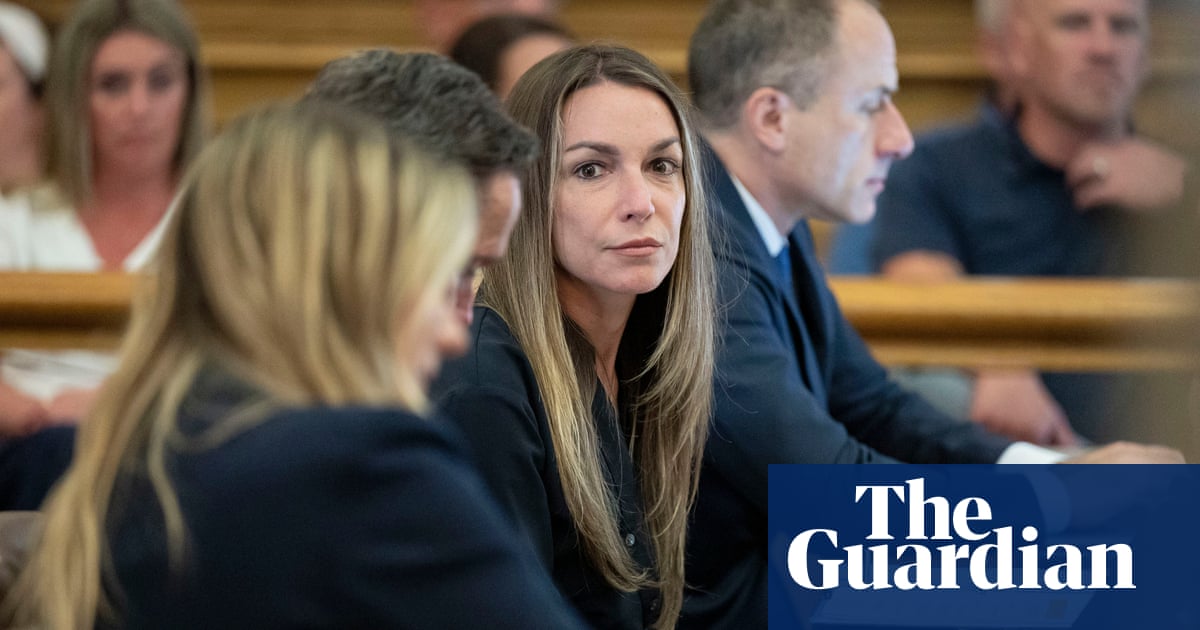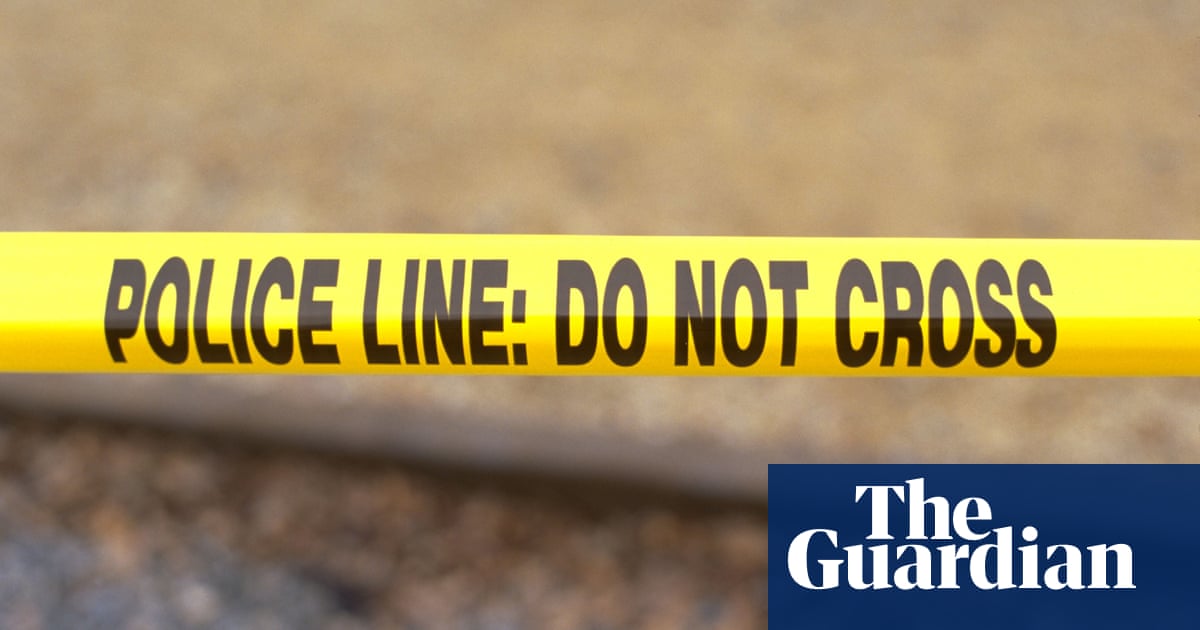The first time I came face to face with a great white shark, it was dead. I had caught it in my net. And I was so happy. I thought: I can bring a fortune back to my village. I can feed my family. Iâm Malagasy â I come from Andavadoaka, a small fishing village on the south-west coast of Madagascar. It is a very dry place where no crops can grow. The name of my tribe, Vezo, means people who live off the ocean, but also people who survive it. Because we rely on it.
I became a shark fisher when I was 16 years old. I dropped out of school because my parents couldnât afford to support me any more, and followed my uncle into fishing so I could bring some money back to my family. I didnât see a shark as a magnificent creature. My mindset was: make money, kill, make money, kill. Support my family.
I caught the great white when I was 18 years old. We were in shark territory, 15km offshore and decided to pull in our net because the weather was getting really bad. We couldnât see what was inside because the net was too deep. Then one of my crew put on a diving mask, saw the shark and shouted.
I put my life in danger to bring that shark home. It was the most terrifying thing I have ever done. It was 4 metres (13ft) long and weighed about 400kg. My boat was 6 metres long, with a 4-metre sail.
The weather was very stormy, lots of wind and heavy rain, and the weight of the shark meant that I had to sink the boat to the surface level of the ocean to get it onboard. We had no radio, no mobile phones, no engine. It took us five hours to sail back to shore. I shared half the meat with my community, and sold the rest for $120 (£90).
For five years, I used to kill up to 50 sharks a day â although on a bad day it was more like three. What made me stop was my brother. He began working with Blue Ventures, a British conservation NGO, to educate the people in my village about sharks. He made me reflect on my work and helped me get a new job, as a shark fishing data collector for Frances Humber, a conservationist with the NGO. I didnât make good money, but I learned English and about marine life conservation.
The more I learned about sharks and the important role they play in balancing our marine ecosystem and ensuring my own family has enough fish to eat, the more they fascinated me. So I put my life in danger again, this time to help conservationists document overfishing and expose the shark fin trade in Madagascar. I helped a US reporter, Isobel Yeung, go undercover and film a large Chinese warehouse of shark fins with a hidden camera, and more recently I myself filmed a huge industrial fishing vessel that had about 4,000 dead sharks onboard.
It was heartbreaking. My community could eat for two months from what just one of those boats catches in our waters and takes to China.
I became a conservation and wildlife film-maker and photographer because I realised that making films and documentaries is one of the key ways we can protect sharks. It allows me to raise awareness about how beautiful these creatures are â and what is happening to them in our oceans.
I had the best dive of my life recently, filming whale sharks. When I got into the water, nine of them congregated around me, feeding on small plankton. Each was large enough to kill me but they are among the most gentle animals in the ocean.
I cannot describe how happy I was that day, down there with those sharks, witnessing the thriving marine life of the ocean. When Iâm 90, I will still tell my child about it. I wanted to stay in that water, for ever.
As told to Donna Ferguson



